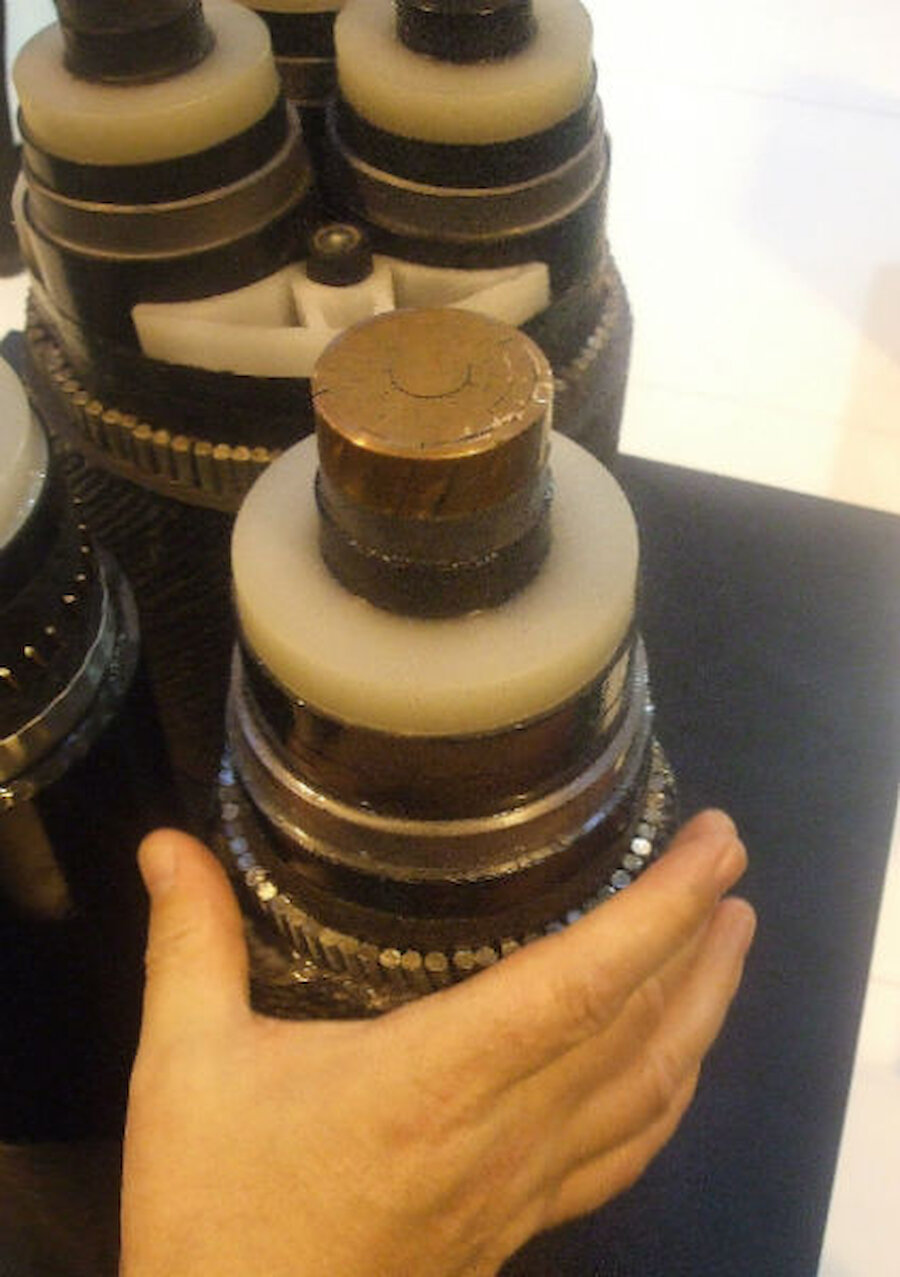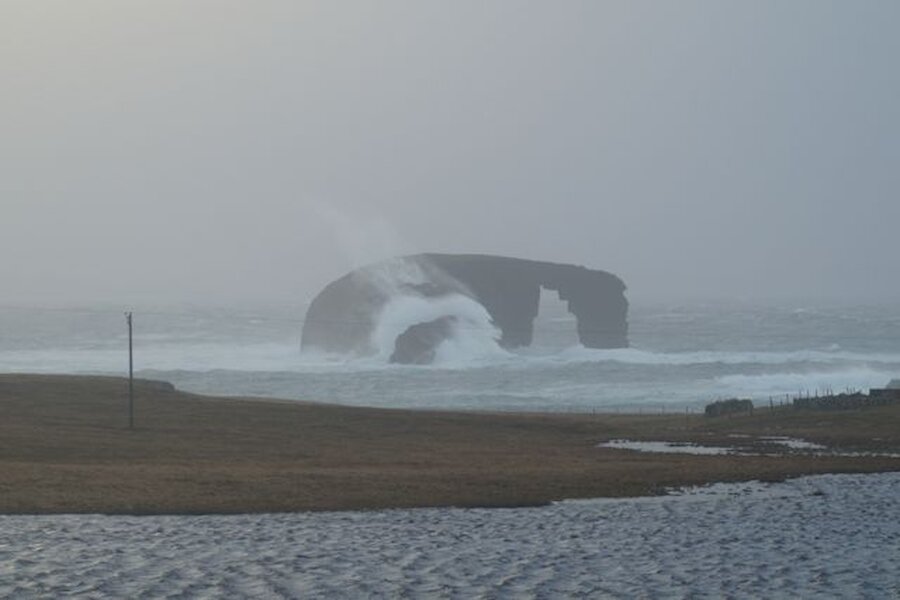It has been an interesting month on the Shetland energy scene, both from the point of view of renewables and oil and gas.
Scottish Hydro Electric Transmission blew into Lerwick in late October for a public consultation on the much-vaunted ‘interconnector’ - the 600 megawatt, 257km cable which would connect Shetland to the Scottish mainland and release all the pent-up potentiality of power in the isle - and enable the giant Viking Energy windfarm to go ahead.
Amid rumours that certain engineering hardware elements of the project have already been commissioned, project manager David Inglis was cautious. He proclaimed his “100 per cent confidence” not necessarily that the entire project would go ahead, but “in the development work we've done so far to allow a connection to happen.”
He added: “At the moment we have the contract in place for a national grid connection, and we will continue to monitor that. I'm 100 per cent sure we've developed a project to react to a decision when it's made."
Neither Viking nor the 17 turbine Beaw Field development in Yell can go ahead without a connection. Other major tidal, wave and wind projects could also progress if the commitment to connect was made - and the cable is likely to cost more than double the £1.2 billion Hydro have estimated for its Caithness-Moray transmission cable.
But if the windfarm projects can’t really go ahead without the cable, it’s not worth laying the cable at such colossal cost if, bluntly, the Viking scheme doesn’t progress. And that depends on what’s called the ‘Contracts for Difference’ subsidy paid by the UK Government to developers, which tops up payments for electricity generated and makes the whole thing viable to investors and developers.
A decision on the ‘CfD’ eligibility of Viking and other such onshore wind developments was expected by now. The Government had previously pledged an end to subsidies for onshore wind farms, but there is uncertainty about whether that includes those on offshore islands. Pressure was put recently on the Westminster Government to come up with the (promise of) cash, especially as the BREXIT decision has made the availability of European funding a race against time.
At the end of November, a letter to UK secretary of state Greg Clark, signed by Shetland Islands Council political leader Gary Robinson, all the other islands council leaders, and Scottish Government Deputy First Minister, John Swinney, called for urgent action to be taken on the matter.
The letter stated:
“The UK government’s on-going indecision on the parameters of the next CFD allocation round is now jeopardising financial investments made in good faith by developers and SHE Transmission. In the wake of the EU referendum, the UK can ill afford to miss the opportunity to unlock the £1.3 billion of investment in the construction of strategic grid infrastructure and the UK-wide supply-chain benefits that would be triggered by the shovel ready anchor projects on the Western Isles and Shetland.
“We urge that this period of uncertainty is brought to a swift conclusion, and that the strong economic case for remote island wind… is duly acknowledged in a decision that allows island projects to compete in the next allocation round.
“As the new secretary of state, we implore you to take immediate action to ensure that your government re-engages with the process and delivers on the commitments made by successive UK governments to harness the renewables potential of the islands.”


